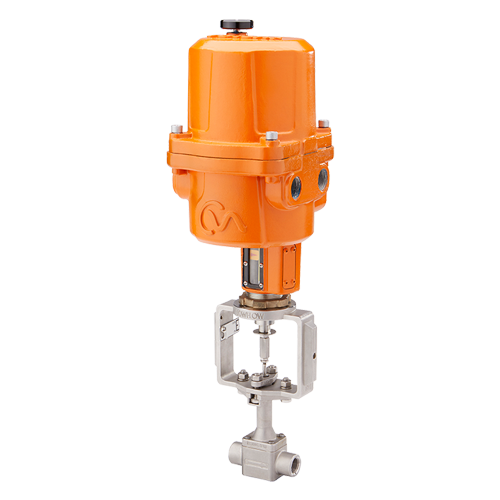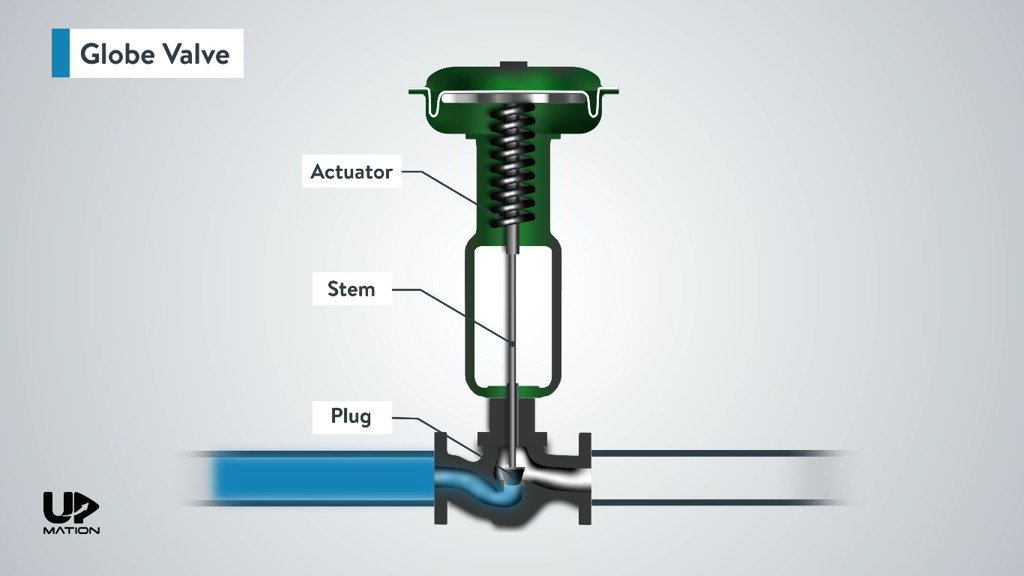How Control Valves Influence Power Performance in Industrial Settings
How Control Valves Influence Power Performance in Industrial Settings
Blog Article

Maximize Energy Financial Savings and Convenience With Advanced Building Automation Controls
In the world of modern design and center monitoring, the combination of sophisticated building automation regulates stands as a crucial development. By using the power of automation, structures can adapt, react, and evolve in methods that were as soon as unthinkable.
Energy Performance Perks
Energy effectiveness benefits can dramatically decrease power usage and functional expenses in buildings. By implementing energy-efficient methods and modern technologies, structure owners and operators can accomplish significant savings while likewise adding to environmental sustainability. Among the key benefits of improving power effectiveness in structures is the reduction of utility bills. Energy-efficient systems, such as advanced building automation controls, can optimize making use of sources like illumination, heating, and cooling, leading to lower energy costs over time.
Additionally, enhanced power performance can lengthen the life-span of structure devices and systems. By running a lot more efficiently, a/c systems, lighting fixture, and other building components experience less deterioration, resulting in decreased maintenance and substitute expenses. In addition, energy-efficient structures usually regulate higher residential property worths and rental prices, supplying long-term monetary benefits to proprietors.
Moreover, power performance can enhance passenger convenience and efficiency. Effectively managed indoor atmospheres with optimum lights and thermal problems produce a more positive and conducive office, resulting in improved worker complete satisfaction and performance. On the whole, the energy effectiveness advantages connected with innovative building automation controls are complex, including cost savings, ecological stewardship, and occupant well-being.
Improved Comfort Control
Enhancing convenience control in building atmospheres needs a sophisticated assimilation of innovative automation systems for ideal passenger wellness. By using sophisticated building automation controls, centers can tailor the indoor setting to fulfill the specific requirements and preferences of owners. These systems allow specific regulation of temperature, air flow, and illumination, creating a efficient and comfy atmosphere. Occupant complete satisfaction and productivity are very closely linked to thermal convenience, making it vital to have systems in position that can adjust to changing problems in real-time.
By integrating these innovative controls, structures can not just enhance comfort but likewise enhance energy effectiveness by enhancing system operations based on real tenancy and use patterns. Inevitably, prioritizing occupant comfort through innovative automation systems leads to a more satisfying and healthier interior atmosphere.
Operational Performance Improvements

Moreover, the implementation of real-time tracking and analytics devices makes it possible for building operators to recognize energy inadequacies and operational abnormalities without delay. By continually keeping track of energy usage patterns and system performance metrics, adjustments can be made in real-time to enhance power consumption and guarantee peak operational effectiveness. control valves. Additionally, integrating demand response approaches into structure automation controls can further enhance operational performance by dynamically adjusting power usage based upon grid conditions and rates signals
Indoor Climate Optimization
Reliable interior environment optimization is a basic aspect of structure automation controls, guaranteeing owners' convenience and well-being while making best use of power savings. By utilizing advanced sensors and controls, developing automation systems can continually keep track of and change temperature, moisture degrees, air high quality, and air flow to create an optimum indoor setting. Keeping regular and comfy conditions not just enhances resident contentment however likewise improves productivity and general health.
Indoor environment optimization also plays an essential function in power effectiveness. By fine-tuning home heating, air conditioning, and ventilation systems based on real-time data and tenancy patterns, developing automation controls can dramatically lower energy consumption - control valves. Carrying out approaches such as demand-controlled air flow and thermal zoning can help lessen energy waste while ensuring that each area of the building gets the essential conditioning.

Sustainable Environment Development
Building automation regulates not just enhance interior climate conditions for power performance and occupant comfort but also lay the structure for creating a lasting environment via calculated management of systems and resources. By incorporating advanced building automation innovations, such as sensing units, actuators, and intelligent software program, facilities can keep track of and change power use in real-time to minimize waste and reduce their carbon footprint. These systems enable anticipating upkeep, recognizing potential issues before they escalate and optimizing equipment performance to boost long life and performance.
Moreover, sustainable environment creation prolongs past power monitoring to incorporate water preservation, waste reduction, and interior air high quality improvement. Structure automation controls can control water use, discover leakages, and make sure proper garbage disposal methods, contributing to overall sustainability initiatives. Furthermore, by keeping an eye on and controlling air flow and purification systems, these modern technologies boost owner health and wellness and performance while reducing energy usage related to cooling and heating operations.
Final Thought
To conclude, advanced building automation regulates deal considerable advantages in regards to energy cost savings, comfort control, operational effectiveness, interior environment optimization, and developing a sustainable setting. By carrying out these controls, structures can achieve optimal efficiency while reducing energy usage and enhancing owner convenience. It my explanation is evident that using sophisticated automation modern technology is essential in boosting structure performance and producing an extra sustainable future.
Power effectiveness advantages can substantially decrease power usage and operational costs in buildings. Overall, the energy performance advantages connected with sophisticated structure automation controls are complex, encompassing expense financial savings, environmental stewardship, and owner wellness.
In addition, integrating need response techniques into building automation controls can visit this site right here better improve operational efficiency by dynamically changing energy usage based on grid conditions and pricing signals.
Building automation regulates not just optimize indoor environment problems for energy efficiency and owner convenience yet also lay the foundation for developing a sustainable atmosphere via strategic management of sources and systems.In final thought, advanced building automation manages deal considerable benefits in terms of energy cost savings, convenience control, functional performance, interior climate optimization, and creating a lasting environment.
Report this page